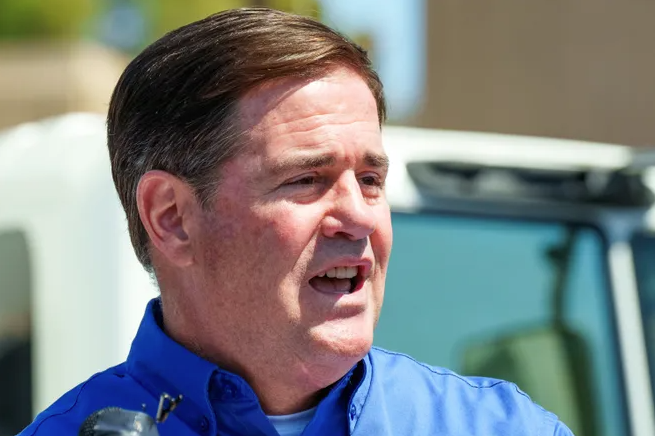In a move that caught many officials and industry watchers by surprise, Gov. Doug Ducey vetoed a ballot measure that would have sent the Proposition 400 half-cent transportation sales tax extension to the ballot for voter approval in a special election next spring.
In rejecting the measure, Ducey cited the current burden of inflation on taxpayers and said the bill lacked transparency. He also expressed concerns over the extension’s 25-year operational period, rather than the standard 20 years, a reduction in funding distributed to the regional freeway system and a lack of consideration as to how state monies would be used.
Phoenix Mayor Kate Gallego expressed anger at the governor’s actions, saying the extension had the unanimous support of Valley mayors. She accused Ducey of catering to “far-right fringe groups” in the hopes of advancing his possible future political aspirations.
Some conservatives have spoken out against Prop. 400, saying that since its initial approval in 1985 and extension in 2004, the tax has shifted from focusing on road projects to a heavier emphasis on public transit.
Mesa Mayor and Maricopa Association of Governments’ Regional Council Chair John Giles said the measure could have gone on this November’s ballot – avoiding the drive for a spring special election – had the Arizona State Legislature acted in a timely manner and passed the extension legislation at the beginning of the session when it was first introduced.
Because of term limits, voters will elect a successor to Ducey in November. Local officials will put together a new draft measure to be considered in the next legislative session and to then go before the newly elected governor.
Even with the change in timelines for approving an extension, Prop. 400 funding is not in immediate jeopardy, as the current extension does not expire until December of 2025. MAG estimates the 2025-2050 extension will bring in $36B over its span, which is intended to fund more than 360 new highway miles, approximately 12 miles of new light rail tracks, 36 miles of rapid transit bus service and 186 more miles of HOV lanes, among others. (Source)

